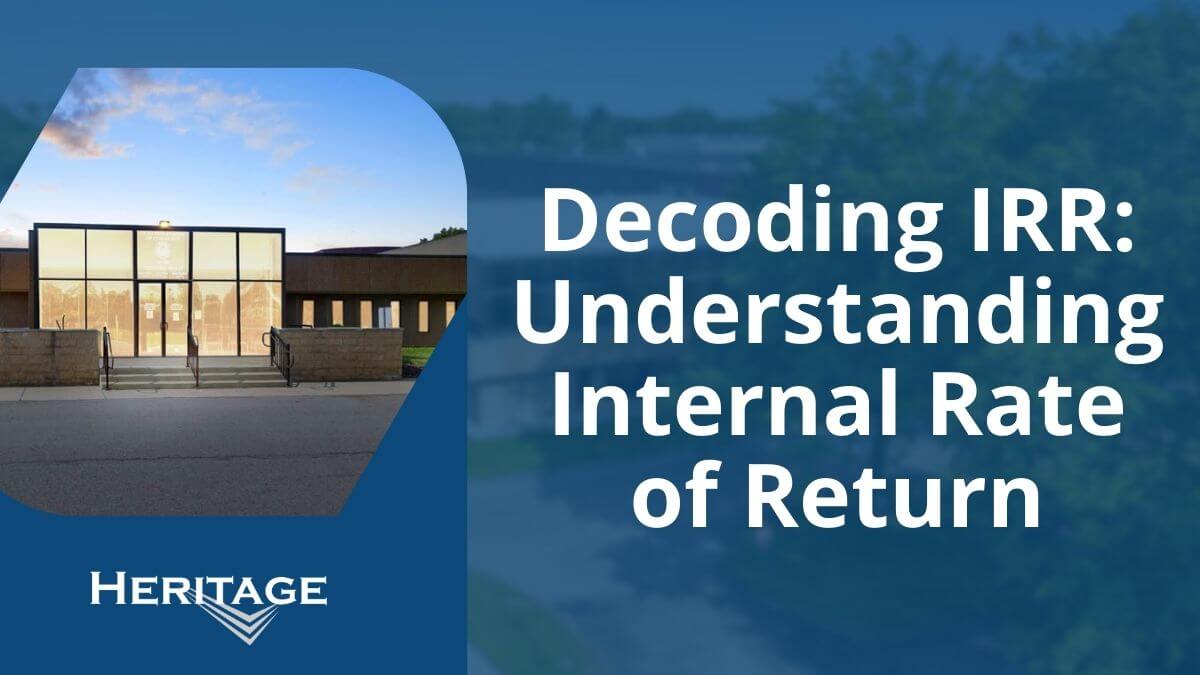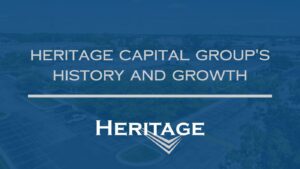Crowdfunding platforms fundamental raison d'être is to connect investors and sponsors. They operate as intermediaries, facilitating connections between capital providers and deal sponsors, while generating income through transaction-related fees. It all seems pretty simple, right?
Keep in mind that most platforms’ business model thrives on a high volume of transactions; the greater the number of deals they present, the more choices for investors, and consequently, the more revenue they generate from completed transactions.
But this does not always lead to the best possible outcomes for investors. In fact, the misalignment of interests can be devastating to investor portfolios. We have all heard stories of how self-interested, unethical financial advisors can churn a client out of their retirement savings through unnecessary transactions that only benefit the advisor's paycheck.
Our next investment is under contract. Please join the waitlist for priority access when the deal goes live.
We take the opposite approach, evaluating deals as investors first, and put our own money on the line to guarantee our interests are truly aligned with our investors. This shared interest between our investment partners and our team is fundamental to our collective success.
Our commitment to alignment is twofold:
Firstly, we operate on a performance-driven basis.
The incentives for our team are tied directly to the success of each investment rather than merely accumulating a high quantity of deals within a fund.
Secondly, as leading figures in our organization, we have personally invested substantial amounts of capital in all our deals since inception.
We do this because we are confident in their potential and invest for the same reasons many others do—to build and safeguard wealth over the long run.
Rather than acting as brokers or introductory agents, we function as hands-on real estate operators. This approach ensures that investors engaging with our deals are co-investing directly in real estate projects alongside us.

How We Build Shared Interests
We always try to set up a situation where all stakeholders' interests are aligned. It is vital that we invest our own money into our deals, and that we are not driven by simply chasing a specific Internal Rate of Return.
Our aim is to set up investments in a way that encourages long-term holding of the property, mirroring ours and our investors’ perspective. Put another way, we believe in investing for ourselves what we advocate for others.
This approach ensures we are not tempted to flip deals quickly just to make a substantial short-term gain at the expense of our investors. Many groups out there might raise significant amounts of money, generate plenty of fees, and then try to make a big pop in a year or two or three.
The quicker they make that pop, the more money they stand to make. But consider this – showing someone a 30% IRR in a year will not come close to doubling their money. Ideally you would want to have your investment double AND get paid along the way. That is considerably more appealing to us than just aiming for high IRRs which do not necessarily align with investor interests while being less tax efficient than taking the long-term view.
Fundamentally, we prioritize ensuring that everyone involved, ourselves and our investors alike, are incentivized correctly. Everyone deserves fair compensation for their efforts, but it is crucial that we all reap the rewards simultaneously.
Understanding IRR
It is also critical that investors understand IRR. In our case, we do not center our business plans or incentives around IRR because it is quite a complex metric that is easily manipulated. In essence, IRR measures both the return of your capital and then what your return on it is annually – essentially your 'rent' on the money invested.
For example, if you hold onto a property for three years without cash flow and sell it at a 30% gain with an approximate 10% annualized return, that may seem attractive at first glance. However, receiving 10% per year over those same three years while still selling at the same price offers more immediate value because money today is worth more than money tomorrow.
The origin of IRR lies in bonds where you compare different streams of income based on known outcomes; however, real estate involves assumptions about future values which can introduce uncertainty into IRR calculations. This is why spreadsheets can be manipulated to achieve desired exit figures – yet another reason why focusing purely on IRR is not always ideal.

How IRR Can Create a Misalignment of Interests
IRR as a performance metric can sometimes lead to a divergence in priorities between sponsors managers and their investors. The crux of this issue lies in the IRR hurdle—a benchmark return that must be surpassed before fund managers are entitled to their share of profits, also known as carried interest.
When a fund manager faces the possibility of not meeting an IRR hurdle, there may be a temptation to dispose of investments prematurely to secure these targets. Such decisions could undermine a well-considered long-term investment strategy and might not serve the best interests of the investors who are focused on maximizing returns over time.
By avoiding short-term maneuvers aimed solely at hitting IRR benchmarks, we prioritize sustainable value creation and strategic asset growth—actions that resonate with our commitment to delivering optimal outcomes for all stakeholders involved.
Of course, we use several other metrics to determine success, including, amongst others, cash flow. In contrast to IRR, annual cash flow is harder to manipulate and should form an important part of any investment analysis alongside potential growth considerations.
While we still calculate IRR because investors often request it as part of their due diligence process, we treat it as one reference point among many rather than as an ultimate deciding factor when evaluating potential investments.
Time is Money
Time can also create divergent interests between investors and sponsors. The challenge with IRR is that it incentivizes us, as sponsors, to make a big pop in the deal relatively quickly—maybe within a year or two, perhaps three at most—because that is going to help us achieve high IRRs and consequently attract more money and investors. However, this does not necessarily mean that investors will gain the optimal return on their money since the investment has not been at work for very long, embeds a misalignment of interests with the sponsor, as discussed above, and does not account for the market cycle variable that requires conservative planning to minimize long-term risk, protecting investor capital (our #1 rule).
Regarding fees in the context of alignment of interest, we take standard industry fees such as acquisition fees for putting together and closing deals, property management and asset management fees for ongoing operations, and disposition or refinance fees upon exiting an investment.
These fees are not significant profit centers for us; they pay us for our work like maintaining an office and employees and they cover the due diligence costs and ‘dead deal’ costs – those investments we make in analyzing deals that we pass on to ensure we invest in only the best opportunities. As mentioned above, we are also invested in these properties ourselves; our own money is at stake. Even our fee structure ensures we are aligned with our investors – to reiterate, we do not take success fees until all investors have received their preferred return and their invested capital back.
The Value of Experience + Perspective
As we have seen many new sponsors enter the industry over recent years who might be more aggressive or IRR-based in their approach, what sets us apart at Heritage is experience and perspective.
We believe in taking care of the building first – doing what is right for the property will ultimately benefit everyone involved. If we prioritize what is right for the building rather than focusing solely on our gain, everything else falls into place.
Our approach contrasts with some newer sponsors who may lack experience or adopt a more aggressive stance akin to stock day traders looking for quick flips, which is not consistent with our investment focus on protecting investor capital by ensuring our deals can stand the test of market cycles.
At Heritage, we aim to be realistic, deliver on what we say we are going to do, send out regular checks to investors and reinvest back into properties when appropriate, all while viewing each investment not just as an asset but as an ongoing business that requires careful stewardship over time.



